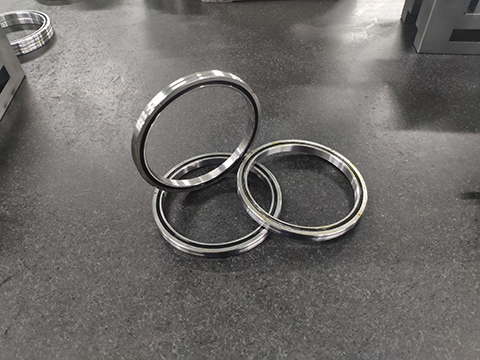Tapered Roller Bearings
Tapered roller bearings are separate bearings. The inner and outer rings of the bearing have tapered raceways. This type of bearing is divided into different structural types such as single-row, double-row and four-row tapered roller bearings according to the number of rows of rollers installed. Single row tapered roller bearings can bear radial loads and axial loads in one direction. When the bearing is subjected to a radial load, an axial component force will be generated, so another bearing that can withstand the axial force in the opposite direction is needed to balance it. Widely used in automobiles, rolling mills, mining, metallurgy, plastic machinery and other industries.
The ability of single row tapered roller bearings to withstand axial loads depends on the contact angle, that is, the angle of the outer ring raceway. The larger the angle, the greater the axial load capacity. The most commonly used tapered roller bearings are single row tapered roller bearings. In the front wheel hub of the car, small-sized double-row tapered roller bearings are used. Four-row tapered roller bearings are used in heavy machines such as large cold and hot rolling mills.
The type code of tapered roller bearings is 30000[1], and tapered roller bearings are separate bearings. Under normal circumstances, especially within the size range involved in GB/T307.1-94 "Rolling Bearings Radial Bearing Tolerances", the outer ring and inner components of tapered roller bearings are 100% interchangeable.
The angle of the outer ring and the diameter of the outer raceway have been standardized and specified as the outer dimensions. Changes during design and manufacturing are not allowed. As a result, the outer ring and inner components of tapered roller bearings can be interchanged worldwide.
Tapered roller bearings are mainly used to bear combined radial and axial loads, mainly radial loads. Compared with angular contact ball bearings, they have large load-bearing capacity and low limit speed. Tapered roller bearings can withstand axial loads in one direction and can limit the axial displacement of the shaft or housing in one direction.


